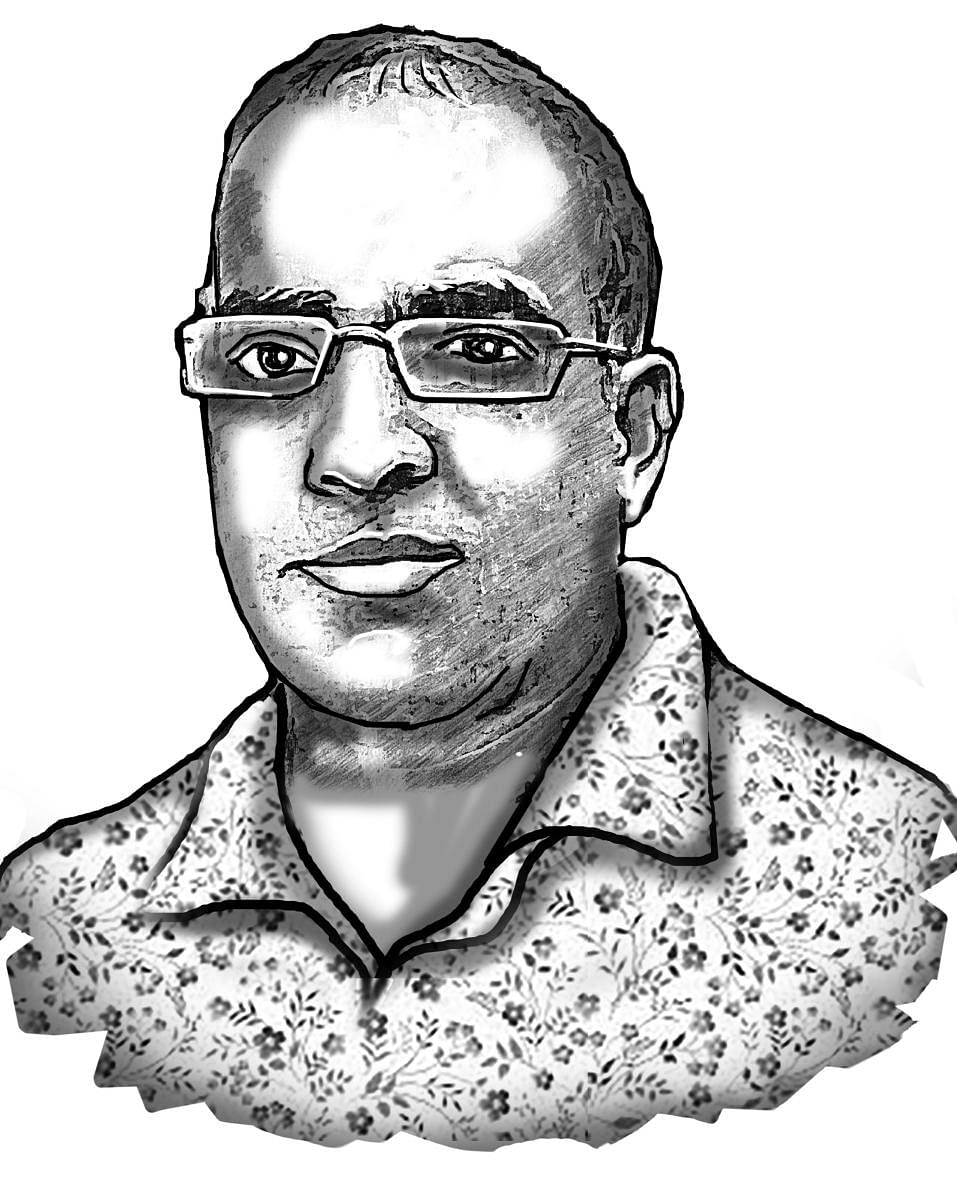I talk to a lot of people about becoming problem-solving citizens. And one question I get often is, “How much can citizens themselves do? Beyond a few local civic things, is it really possible to make an impact on problems that are much bigger?” Very much so.
First, it is important to understand that government begins with self-government. Our civic interventions are not different from government, they are a different kind of governance of ourselves. By our participation, we don’t merely improve the quality of government, we give it a different form as well.
Why is this important? Because we often think of our small and local actions as voluntary, i.e., we do them when we can, to the extent that we can. But if we think of them as a part of government, then we’ll recognise that such things too need to be continuous. Participatory democracy must be as much in ‘always on’ mode as representative government.
And being always on is the key to building scale. I looked at the data from the CycleToWork initiative (cycleto.work) this week, and realised that more than 2,000 riders have put in close to six lakh kilometers on their bicycles on their daily commute to work. And this number continues to grow steadily, with more and more ambassadors from different companies joining the effort.
There’s also a second lesson in something like this. It’s much easier to be always on in self-government mode if we do so with others, in a group. People often find motivation from each other, and also learn ideas that work from each other. Being deliberate in building a community for action is key to building scale in public-problem solving.
Across the city, several things that have happened in the last 10 years are the results of participatory democracy. Today, we have dozens of lakes that are managed by local communities, and their efforts to improve their neighbourhoods was almost always initiated by them, not the BBMP. Hundreds of apartment communities took up segregated waste management even before BBMP made it mandatory; indeed, it was their success that made BBMP believe such things could be scaled up.
Likewise with many other things. LEDs and dual piping and aerators in taps and a lot of other small interventions have mushroomed around the city, and the more we see each one work in one place, the more we are able to repeat that elsewhere, too. Residents’ Welfare Associations (RWAs) and the Bangalore Apartments Federation have compiled lists of things that work, and can today promote good ideas in scale quickly.
But isn’t there a limit, still? All of these examples are nonetheless only local efforts, aren’t they? Yes and no. The city-scale can be thought of in two ways. One is that many, many local initiatives begin to create something at the scale of the entire city, and to some extent this is what is happening with public management of public spaces. In such examples, the scale comes from increasing the number of problem-solving people.
But there are other things at city-scale that are not the sum of many local efforts. Like building a suburban rail system, for example. This is a good example of something that is a large project, of the kind that we would typically expect only the government to do. But if we look at the Commuter Rail System closely, we’ll see that’s not what actually happened.
A handful of people took it upon themselves to study the unused capacity of rail tracks around the city, and the different high-employment destinations that could be connected by trains operating on them. By survey and field work, they demonstrated that it would be quickly beneficial if a few services were operated on these lines.
And they’ve followed it up with the state government and with Indian Railways to nudge the project file forward, from desk to desk literally. They’ve also vocally demanded that elected representatives back this project, and after Citizens For Bengaluru took up the charge in its ChukuBukuBeku campaign, this demand gained much momentum and acceptance among the netas, too.
It’s still some distance from becoming a strong anchor of mobility in the city, but it is proof that citizen action is not merely about the local scale. Sometimes, all it takes to do something new is the willingness to try it differently.
We must sustain and nourish the notion that our efforts for everyday development have the potential to have large impacts, and that they are more than feel-good interventions that we carry out voluntarily in our localities. Small really is bountiful, and its bounty is not merely in the projects that get done. Equally, its bounty is in increasing the number of people who embrace self-governance as a first step to good governance.
